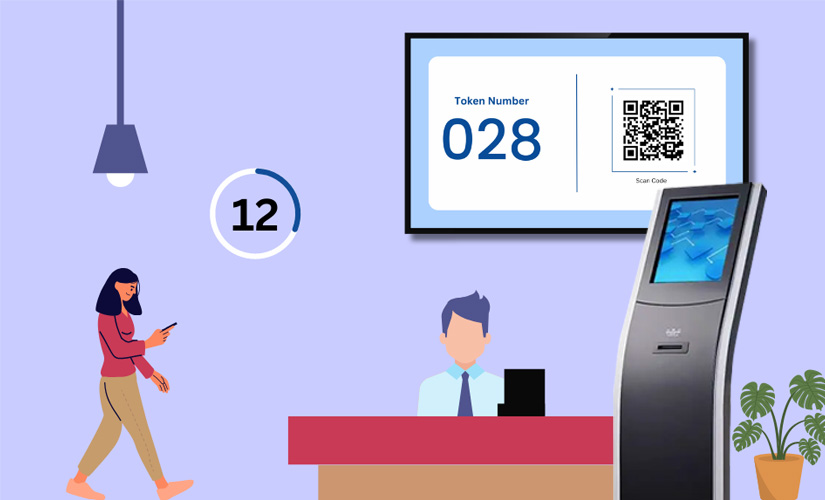Know all About Hybrid Mobile apps
If a couple of years ago companies were betting on specific experience in developing native applications for Android and iOS , now they are considering cross-platform solutions as an alternative . This can be explained by the business need to quickly develop relatively simple applications.
Many companies need applications faster than they can be developed. The rapid development and ongoing maintenance of mobile applications is difficult due to growing demand, accelerated development of digital technologies and a shortage of staff.
Hybrid mobile apps are programs that can run on multiple operating systems. They have these advantages:
- High development speed. It is achieved due to the fact that the application code for different platforms is up to 70% the same.
- Lower development cost. Developers spend less time creating an application.
- Convenient quick update of the program for all platforms at once.
- The disadvantages of hybrid applications include:
Crashes when working without a network connection. They occur rarely, but still more often than native applications. Fewer opportunities to optimize UI / UX for each specific platform.

The download speed of applications is slightly slower than native ones.
Hybrid applications can be developed on different frameworks. The most popular at the moment is React JS. Its advantages include a developed community and a large library of ready-made solutions. In addition, this framework is intuitive even for those who previously developed only native applications. As a result, the developer gets a convenient tool for working with a large community, ready to answer all questions that may arise during development.
Where to order the development of a hybrid mobile application?
If you need to develop a cross-platform application, you will need a development team. You can hire programmers on staff, but this decision is not always justified. If you need a working application that will cover the needs of the company and at the same time will not require frequent updates, you can contact GCTL INFOSYS.
React JS development is one of the company’s profiles. We are ready to create a hybrid mobile application for your company, taking into account all the features of your business. We will analyze the needs of the company and the tasks that the application will have to perform, create a project and draw a design before starting development. At all stages, you will be able to make your changes and give recommendations to our team of programmers.
Hybrid mobile apps: pros and cons
Mobile applications have become a convenient sales channel and communication with the client base. All modern taxi services, food delivery, banks and many other companies have their own application. Installed on a potential client’s smartphone, it opens the door to a quick purchase of services and goods, and also increases customer loyalty, as it allows you to resolve your request as soon as possible.
Therefore, an increasing number of businesses are thinking about developing their own mobile application. There are reasons to do this:
- You will get a new channel of communication with customers.
- You can increase your sales.
- The database of the target audience will increase: by setting up analytics in the application, you will be able to learn about the habits of your users.
- Customer loyalty will increase.
But what application to develop? They are divided into native and hybrid. The latter are rapidly crowding out all other types of applications from the market.
- By and large, the main advantages of the hybrid approach include:
- Cross-platform. Having made one application, you can export it for any operating system – iOS, Android, Windows Phone, BlackBerry.
- The affordable cost of development is several times less than with the native approach.
- Use of one language – JavaScript.
- Access to the basic data of the mobile device : GPS, camera, phone book, etc.
Work offline.
- The ability to distribute the app through official app stores.
- Hybrid development is popular with large global companies. Many well-known applications are cross-platform. Among them: Wikipedia, Health tap, BBC Sport App and Evernote. Users have downloaded each of these applications more than a million times, which indicates the high quality of the developed solutions.
- However, hybrid development has its weaknesses:
- Reduced speed compared to native applications.
- Fewer opportunities for integration with the “stuffing” of a mobile device.
- Problematic layout of adaptive design. Despite the presence of various web frameworks for building applications, we are faced with the fact that they all behave differently on different devices.
- The appearance of a number of bugs that can lead to certain violations of the normal operation of the application. During testing, based on the different behavior of the application on different devices, editing one bug entails the appearance of others under new versions of operating systems.

Limited representation of visual and graphic elements, in particular animations.
Although some of the disadvantages are not so significant, poor performance and animation problems can become a limitation in working with cross-platform applications. Two of the most popular services, Facebook and LinkedIn, once worked on a hybrid model, but then were rewritten to native. According to developers, after that they received a twofold increase in the performance of solutions.
- Thus, a hybrid approach can be used in cases where:
- The task is to quickly develop an application for more than 2 mobile platforms;
- There is a need to save on the budget;
- Requires a relatively simple application without complex animation;
You can exclude support for many parameters of native functionality.
Judging by the dynamics of the development of our mobile projects, global trends are confirmed in practice – the demand for mobile development is increasing, the speed of creating applications is growing, and the interest in simple solutions with affordable development costs is growing. All this opens up opportunities for improving hybrid applications, which in some cases can prove to be no worse than native ones. When giving preference to one or the other, it is important to monitor the state of the market and correctly prioritize project launch speed, cost and performance.












